Petticoat tails are a type of delicate Scottish shortbread that look like the bottom of ladies’ petticoats from the olden days. The biscuits/cookies are more thin than traditional shortbread fingers, and are perfect with a cup of tea.
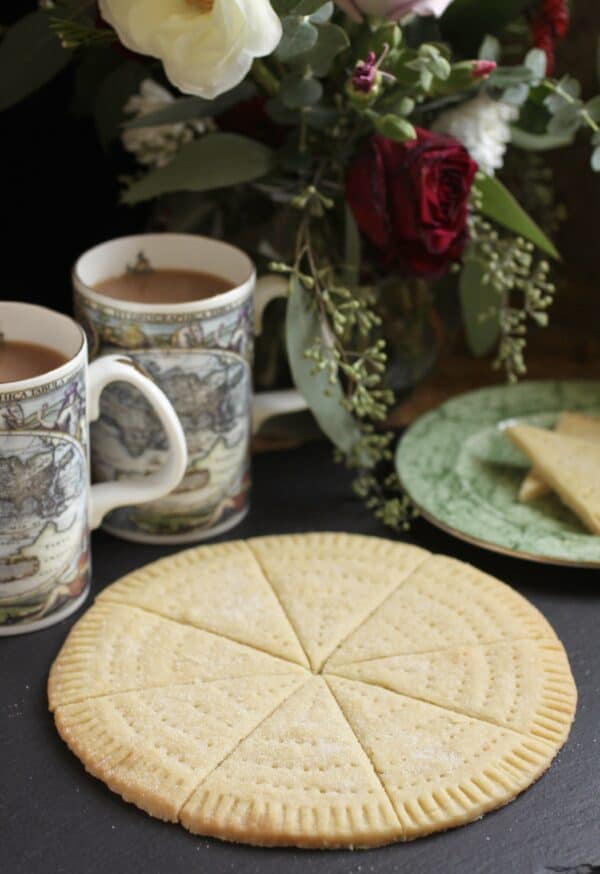
If you’re a shortbread fan, you’ve probably heard of, seen or eaten petticoat tails.
As an Amazon Associate I earn from qualifying purchases
You may not have thought anything about the name, but it’s pretty self-explanatory. The cut of the biscuits (shortbread is considered a biscuit in Scotland) or cookies, is in a certain shape–different than traditional Scottish shortbread fingers.
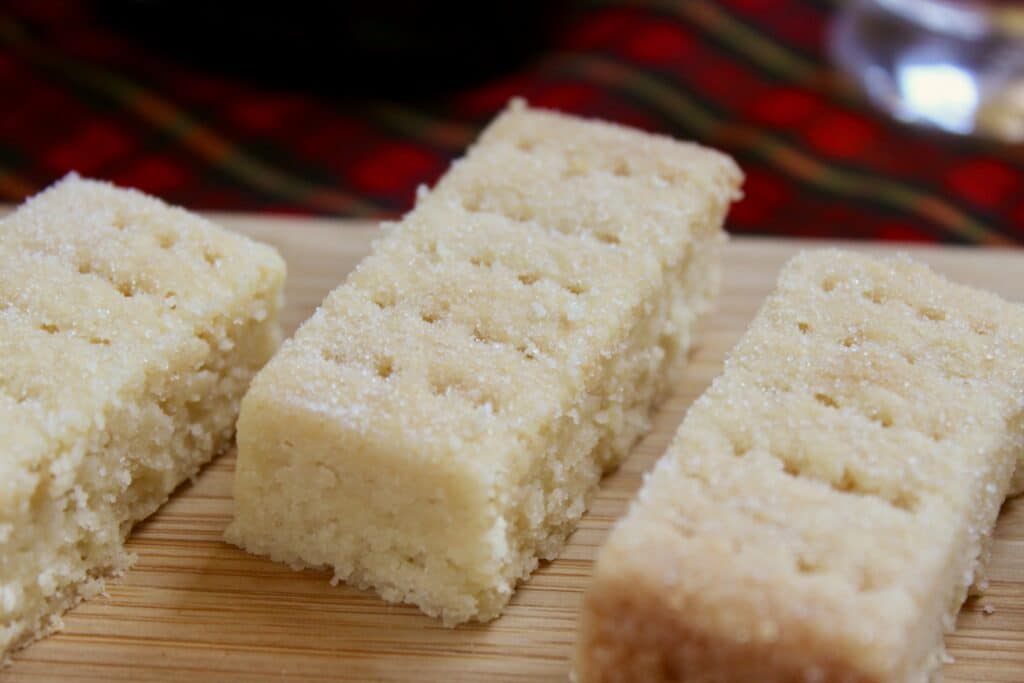
What are Petticoat Tails?
Petticoat tails are a specific thinner cut and triangular shaped shortbread, with fork marks at the large end, which is reminiscent of the ruffles of women’s petticoats. You can easily see how similar they are to the old-fashioned article of clothing in this picture below–cute, huh?
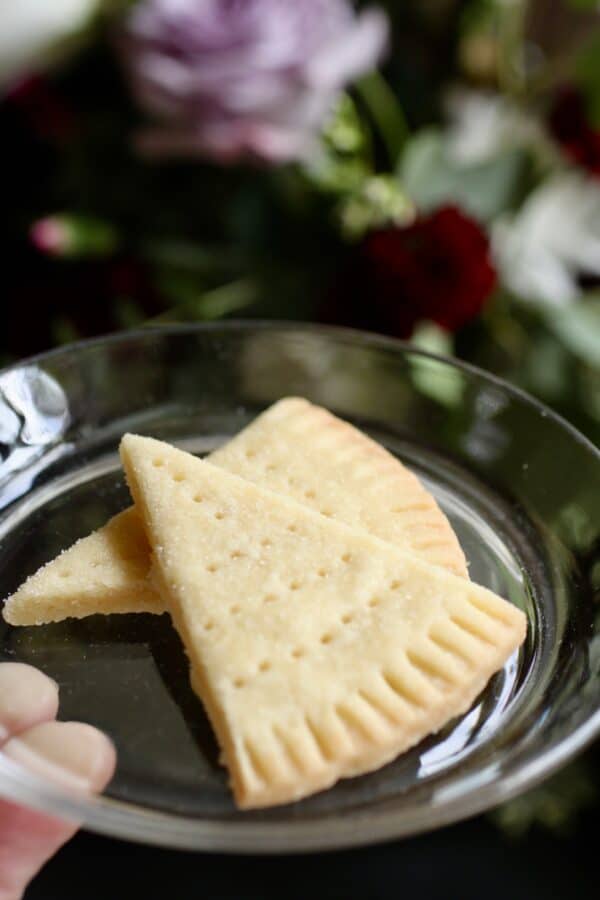
One of the nice things about petticoat tails is that there’s no special equipment or mould needed: just a few everyday kitchen tools and a plate.
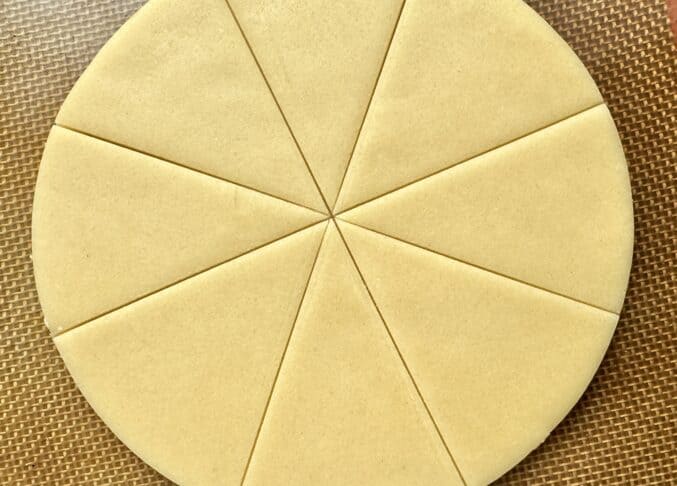
While researching what people want to know about petticoat tails, I came across the following question and feel compelled to answer it correctly. There is a lot of misinformation floating around regarding specific foods where I am qualified to give you the factual answers.
A recipe from the Lofty Peak Scottish cookbook: custard creams.
The cook book in the photo below is an example of the types of recipes I share with you: authentic, vintage recipes straight from where I grew up: Scotland.
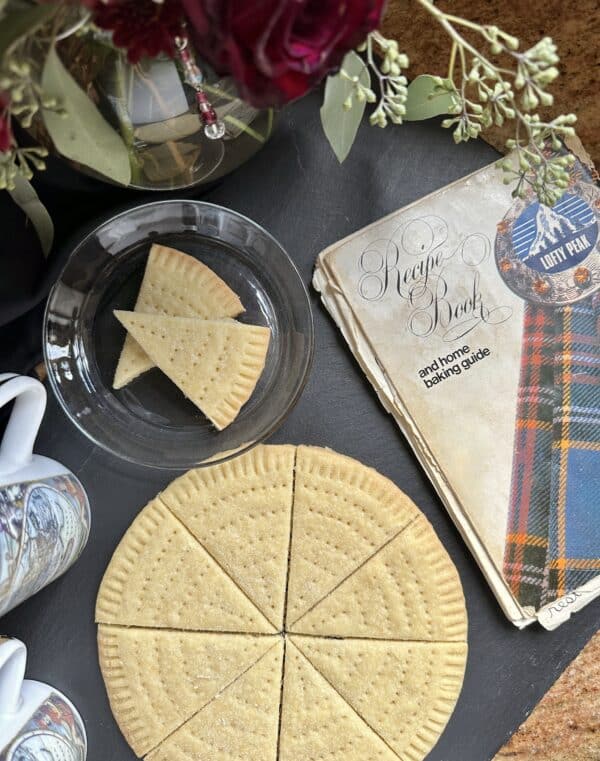
What is the Difference Between Scottish Shortbread and Regular Shortbread?
As a Scot, I can tell you that the only difference between Scottish shortbread and regular shortbread is that Scottish shortbread is regular shortbread that has been made in Scotland. Essentially, there IS NO DIFFERENCE because shortbread can only be made in one basic manner.
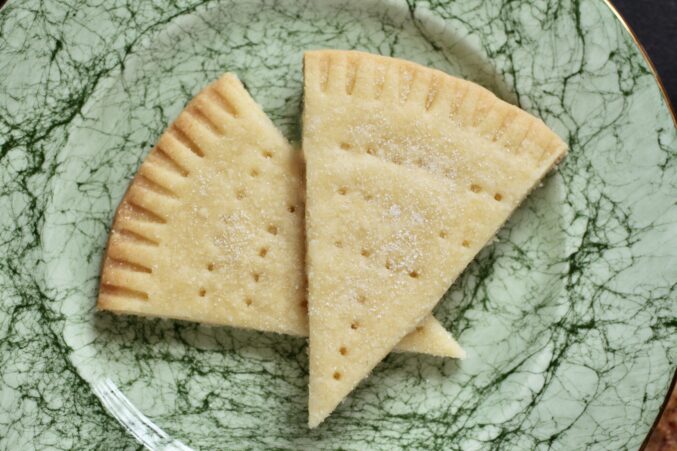
There can be rice flour or semolina added to either shortbread, or different flavors, or ingredients like lemon rind, but it’s always shortbread, so don’t let anyone tell you otherwise. There are recipes which include an egg, but that is absolutely not the classic and traditional three ingredient shortbread that is most popular recipe in Scotland.
As with all of my baking recipes, I recommend using a scale for best results.
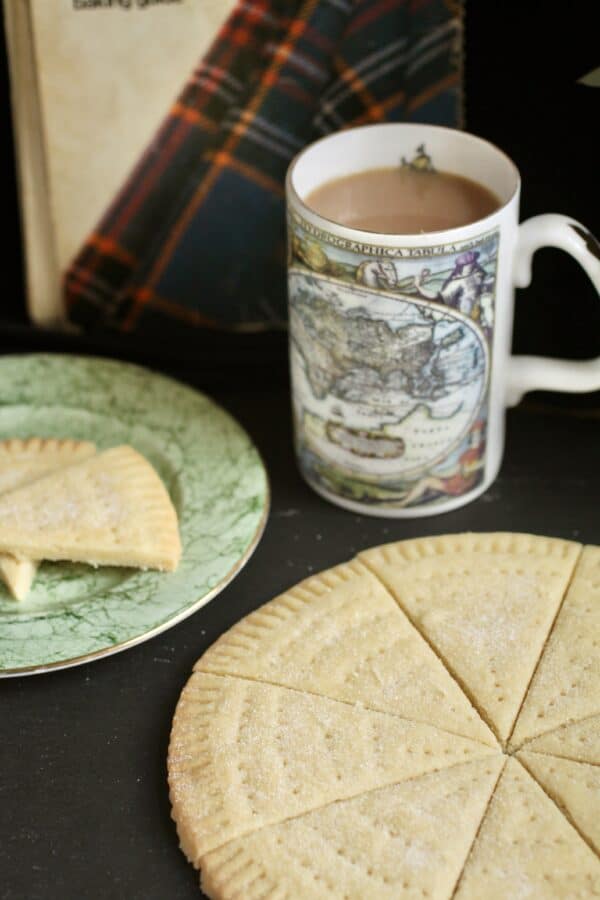
Petticoat Tails
Adapted from a Lofty Peak Recipe makes 16 pieces
FULL PRINTABLE RECIPE BELOW
Ingredients
- butter
- sugar
- flour
Directions
Preheat oven to 375º F (190 ºC)
Mix the butter and sugar together, but do not cream the ingredients as you would when making a cake.
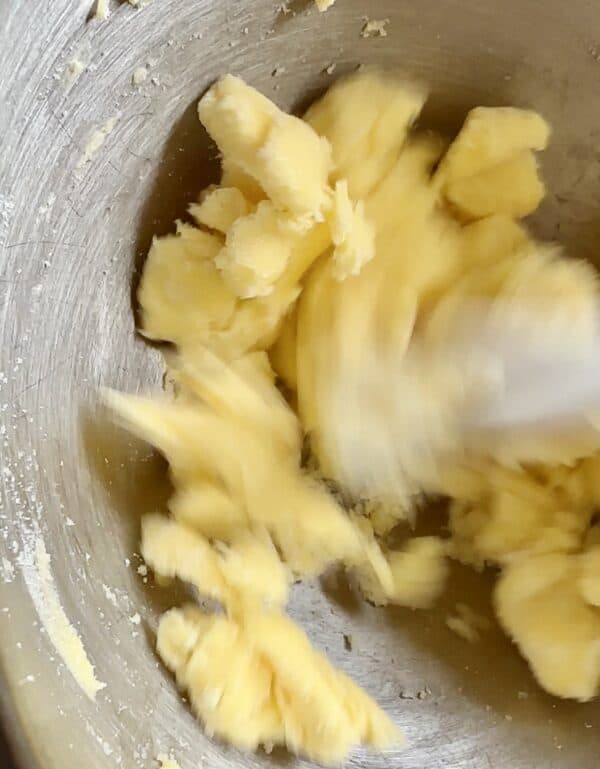
Once it’s mixed together, add the flour and mix until a dough forms which you will use to make your petticoat tails.
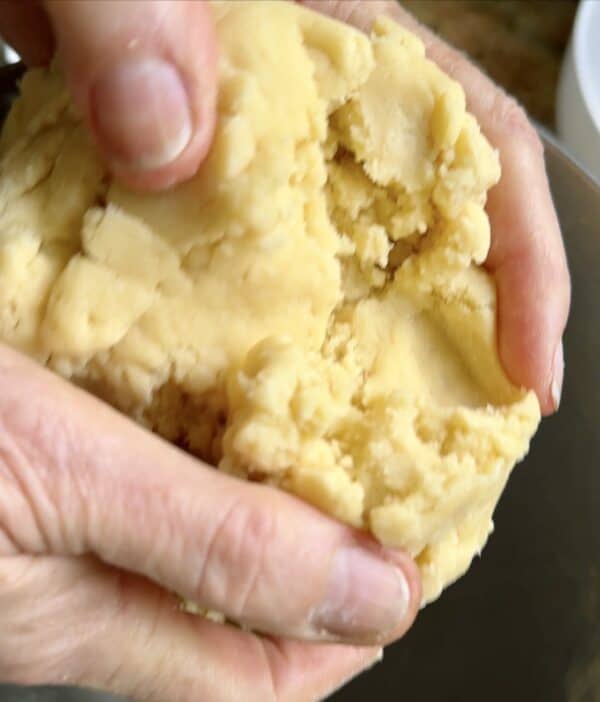
Turn out onto a floured worktop and bring it together into a smooth dough and divide into two equal pieces. Create a ball from each piece and roll one into a 7″ round.
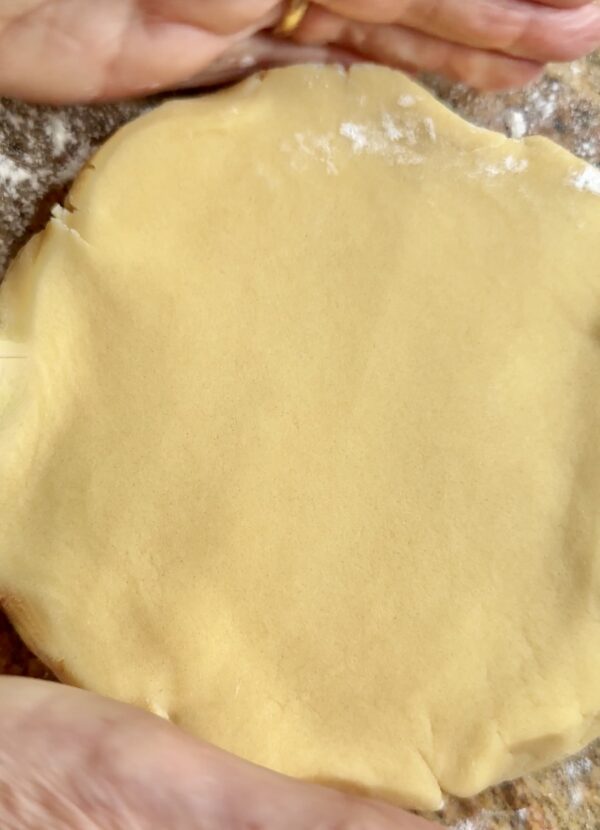
The easiest way is to use a 7″ plate to measure the dough. Shape or cut the edges to form a perfect round, and repeat with the other dough.
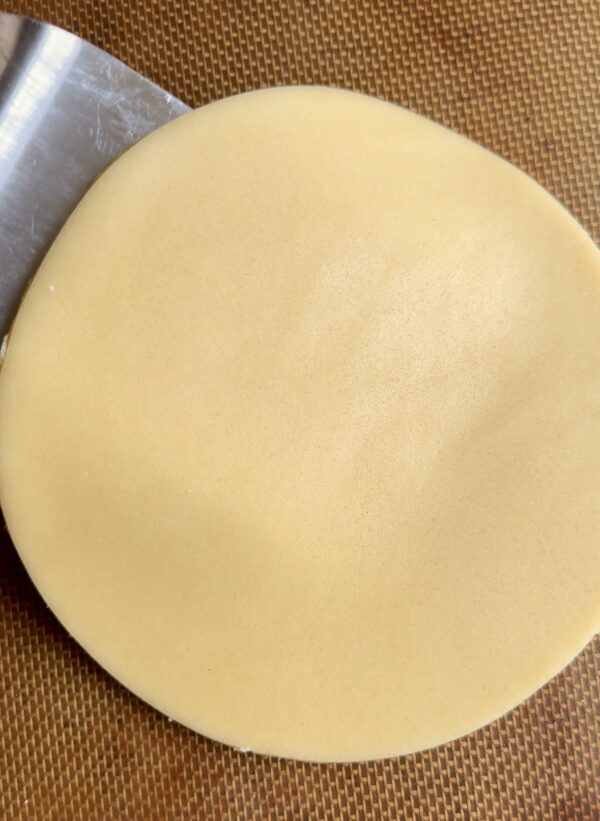
Move the petticoat tails rounds to a baking tray lined in parchment or silicone mat. I like to use my large cake lifter, but if you don’t have one you can use a bench scraper or metal spatulas.
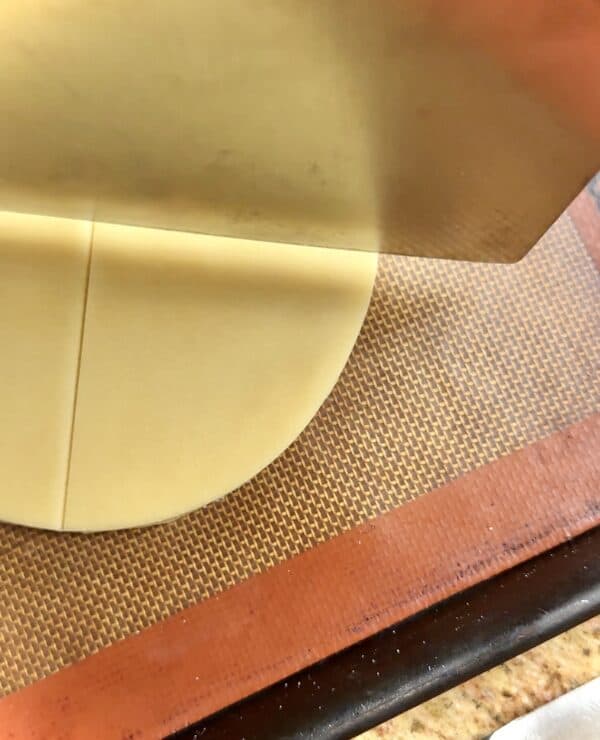
You can use a knife to score the petticoat tail dough into pieces, but again, I like to use my cake lifter. Score in half, then quarters, and finally eighths.
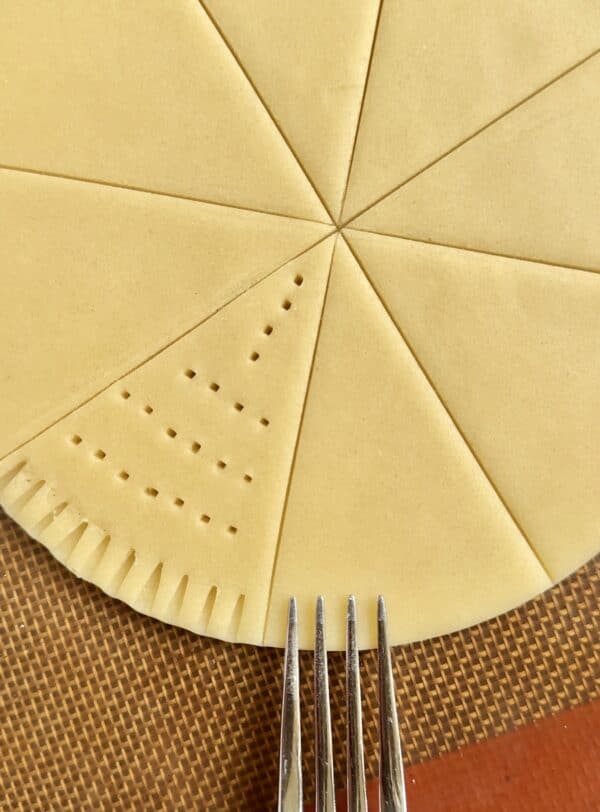
Prick the pieces with a fork, then uses the tines to create the petticoat ruffles at the outer edges. Push down about half way when pricking and making the ruffled edge.
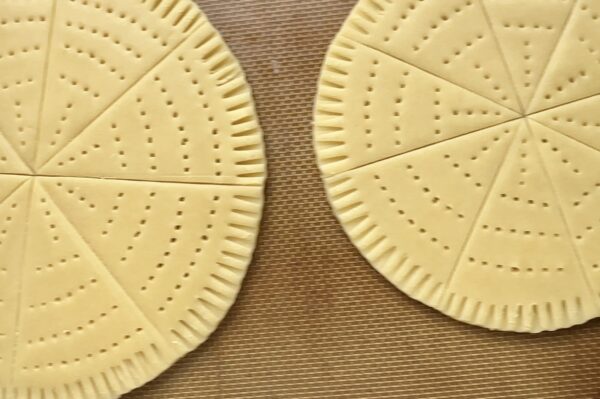
Place into the center of the preheated oven for about 20 minutes or until the edges are just starting to color. Remove from oven.
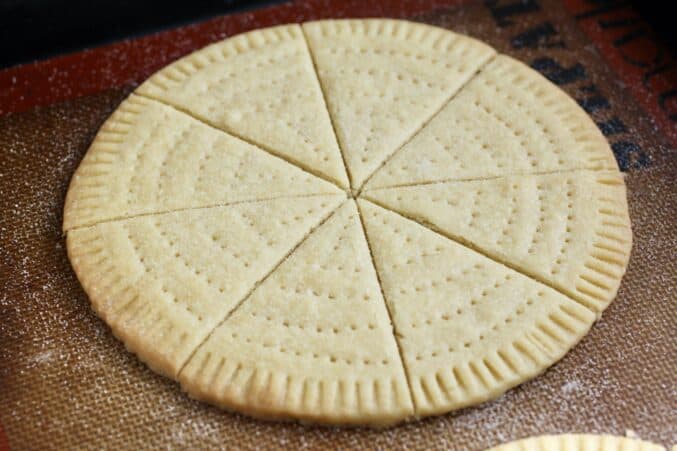
Dust with sugar immediately, cut into pieces, and put on a cooling rack until completely cool. Enjoy the fruits of your labor with a piping hot cup of tea!
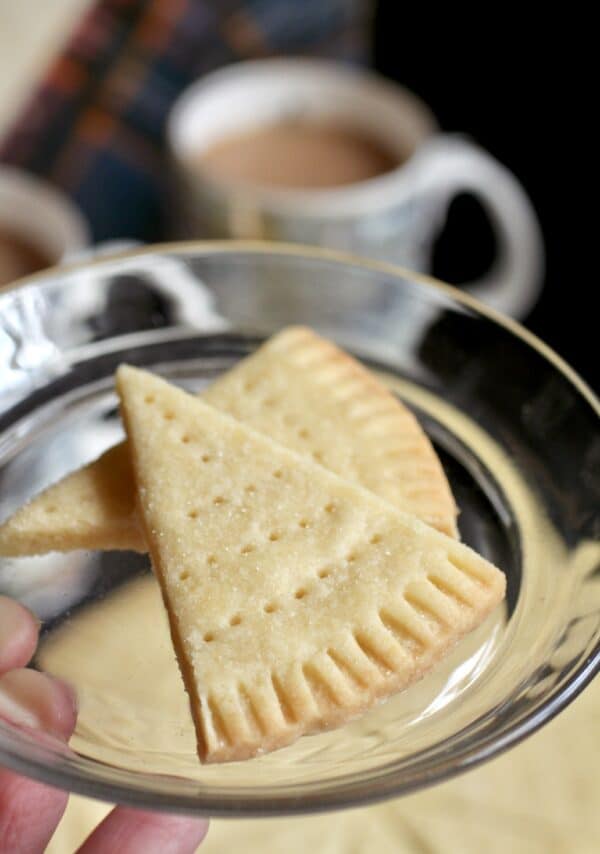
Petticoat tails will stay fresh if you keep them in a biscuit tin, for up to two weeks.
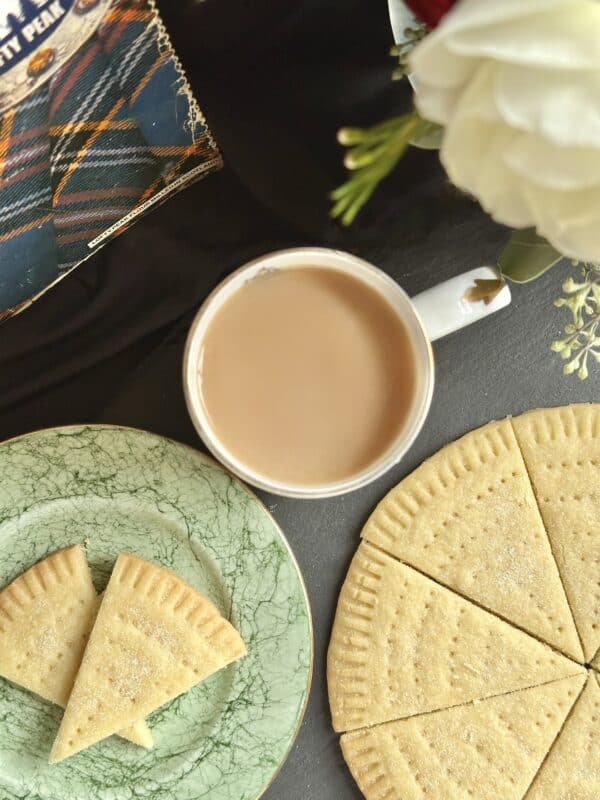
Sign up for my free subscription and never miss another post!
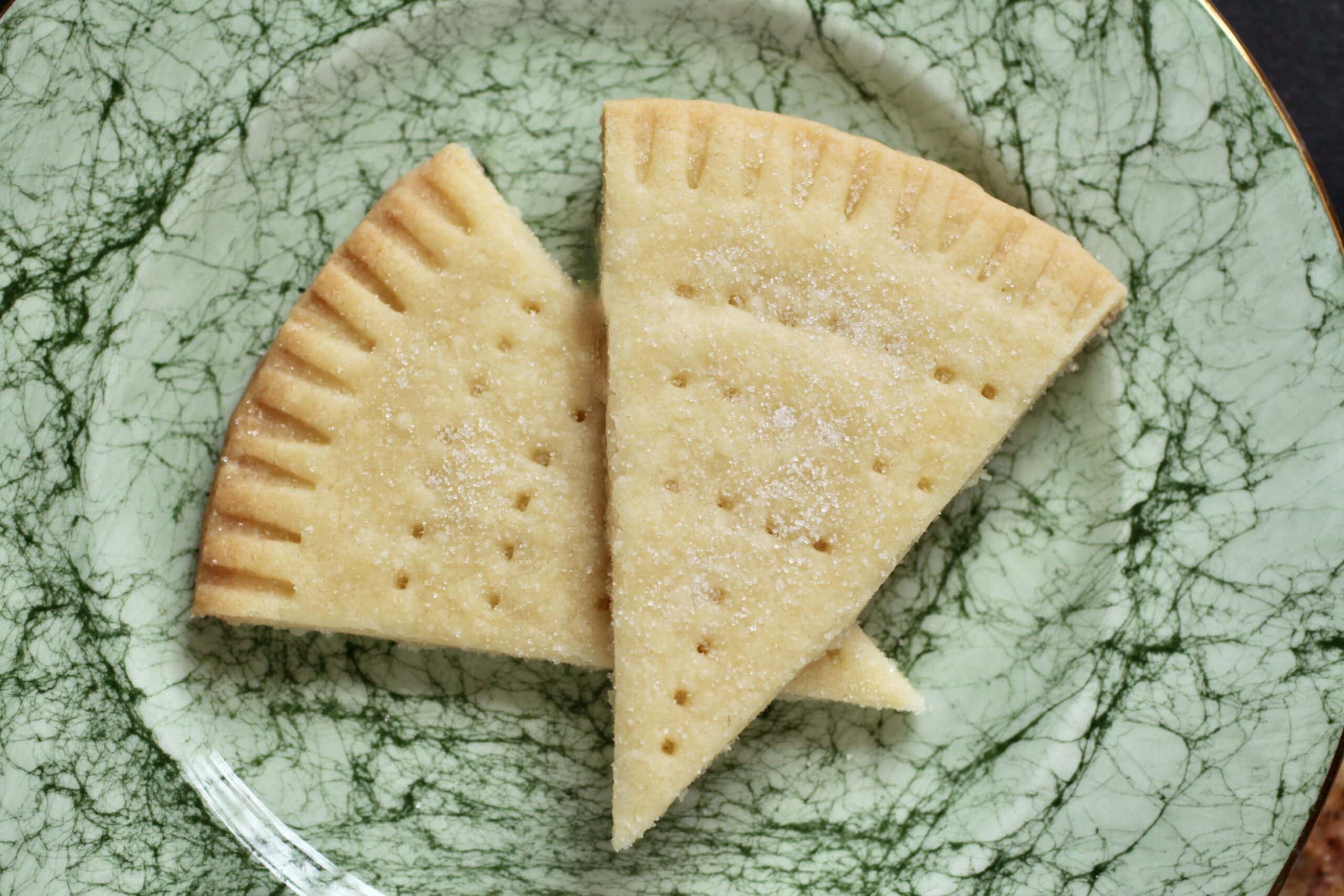
Petticoat Tails
Ingredients
- 4 oz butter (good quality is important)
- ¼ tsp salt (only if butter is unsalted)*
- ¼ c sugar
- 1 ⅓ cups + 1 Tbsp all purpose flour (plain flour)
Instructions
- Mix the butter and sugar together, but do not cream the ingredients as you would when making a cake.
- Once it's mixed together, add the flour and mix until a dough forms which you will use to make your petticoat tails.
- Turn out onto a floured worktop and bring it together into a smooth dough and divide into two equal pieces. Create a ball from each piece and roll one into a 7" round.
- Shape or cut the edges to form a perfect round, and repeat with the other dough. If cutting, hold the plate on the dough and run a sharp knife around the perimeter of the plate. Remove any loose dough.
- Move the petticoat tails rounds to a baking tray lined in parchment or silicone mat. I like to use my large cake lifter, but if you don't have one you can use a bench scraper or spatulas.
- Use a knife (or cake lifter edge) to score the petticoat tail dough into pieces. Score in half, then quarters, and finally eighths.
- Prick the pieces with a fork, then uses the tines to create the petticoat ruffles at the outer edges. Push down about half way when pricking and making the ruffled edge. (See photo in main post.)
- Place into the center of the preheated oven for about 20 minutes or until the edges are just starting to color. Remove from oven.
- Dust with sugar immediately and put on a cooling rack until completely cool. Keep in a tin for up to two weeks.
Notes
- I HIGHLY recommend using a scale with the metric measurements for this recipe
- The easiest way to cut the round is to use a 7" plate to measure the dough.
- You can make my first, classic recipe for shortbread (which is double the amount of this recipe) and make some fingers and some petticoat tails, or even cut outs. The possibilities are endless.
Nutrition
Christina’s Cucina is a participant in the Amazon Services LLC Associate Program, an affiliate advertising program designed to provide a means for sites to earn advertising fees by advertising and linking to Amazon.com.
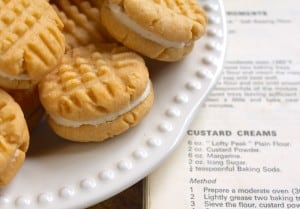
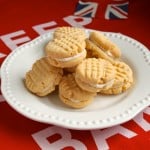
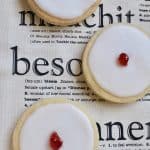
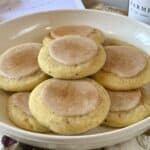
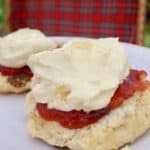
These would be great with tea or “coffee” 😊
Good luck!
So craving these!!
Make them!
I would definitely eat all of these petticoat tails with some nice hot coffee, nice and strong of course
Good for you, Irma! You’re in!
The perfect treat with a nice cup of coffee from the D&G Bialetti Moka Coffee Pot! I’d be the talk of the town!
Awesome, and yes! Best of luck!
A simple and delicious recipe for petticoat tails would be a perfect afternoon treat with a cup of coffee. What a wonderful way to take a break from our busy lives.
Yay, best of luck!
These!! For a dozen years, until 2013 when she passed away, I would often have tea with my elderly British Columbian ex-pat landlord and neighbor. She would always pull out a box of Walker’s shortbread to have with our tea. I was thrilled when I found your Shortbread Cookie Recipe (Easy Recipe from Scotland) a number of years ago because it most closely tasted like Walkers and brought back those cherished memories. At Thanksgiving, I use it as a base for Millionaire Bars and, at Christmas, as a part of our family heritage cookies (I’m all German but my husband is half Scottish and half English). The above cookies are more dense and bar-like, while these remind me of the times I spent keeping company with my neighbor and eating Walkers and drinking tea. Can’t wait to add them to my collection. I may have to try them for an upcoming baby shower though. I’m certain they’d go well with tea or dipped into coffee! 😍
So happy to hear that you have wonderful memories associated with shortbread, Kat! Did you not see the Millionaire’s shortbread recipe I have (in the shortbread recipe)? Good luck!
I just got back from a trip to Edinburgh, Scotland. I can’t wait to try this with some of my English tea!! Thanks for the post.
Wonderful, Ellen! It’s a wee taste of Scotland!
I think my choice of wee treat to go with a lovely cup of coffee would be your whole lemon bundt cake – I only made it once but it was delicious!
Lovely, Anne! Good luck!